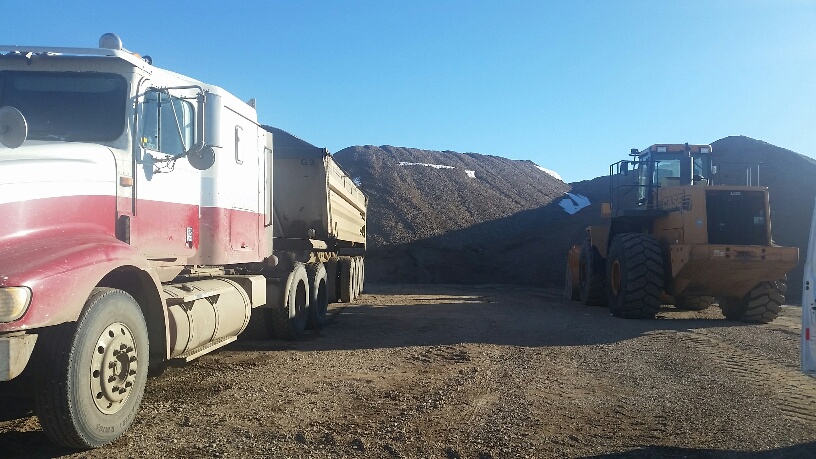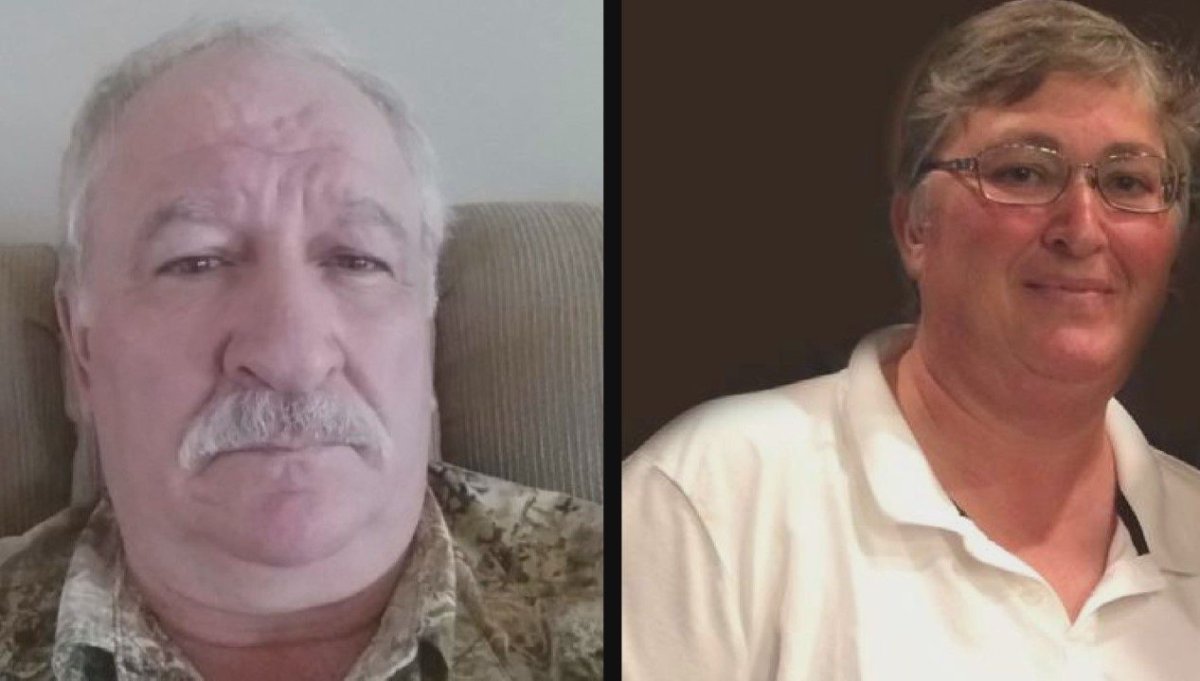A cellphone consultant has testified that Greg Fertuck’s device accessed a cell tower near the gravel pit where Sheree Fertuck’s semi-truck and other items were found.

At 1:20 p.m. on Dec. 7, 2015, a call involving Greg Fertuck’s phone pinged off a tower east of the gravel pit, known as the Farrerdale tower. It didn’t access the Kenaston tower situated at the town about 85 kilometres south of Saskatoon, and just west of the farmyard where Sheree was last seen driving away to haul gravel.
Any call, text or data usage on a phone requires a connection with a tower.
Greg Fertuck’s cell phone didn’t access any towers between roughly 1:20 p.m. and 4:29 p.m. on Dec. 7, 2015 — the day Sheree went missing. The 4:29 p.m. called pinged off a tower at Clavet, Sask.
“Prior to (4:29 p.m.), I do not know where he is,” said Bruce Funk, a cellular security consultant and former Telus employee.
Earlier in the day on Dec. 7, cellphone pings placed Greg Fertuck in an area near his home in the Holiday Park neighbourhood in Saskatoon. Later that morning, his phone accessed a tower on Millar Avenue. Court has heard he was attending a physiotherapy appointment in the city’s north end at the time.
Funk testified as an expert capable of interpreting and analyzing cellphone and cell tower information, including tracking and locating cellular phones.
The general rule for cellphones and towers, Funk said, is that a phone will access the tower with the strongest signal, and that the strongest signal normally comes from the nearest tower.
However, obstructions like mountains, buildings or dense brush can cause a phone to connect with a tower that is farther away but unobstructed.
Because the gravel pit is closer to the Farrerdale tower than the Kenaston tower, the Crown has suggested the ping places the accused in the area of the gravel pit around the time Sheree was last seen by family.
The tracking method used by Funk doesn’t provide a phone’s exact location. With cell towers emitting a signal in 360 degrees, the transmission is broken down into three 120-degree sectors. A phone can then be placed in one of the three sectors, according to Funk.
- 14-year-olds accused in Halifax homicide appear in court, bail hearing set
- B.C. to ban drug use in all public places in major overhaul of decriminalization
- 2 teens charged with murder in case of 16-year-old killed outside Halifax mall
- Cars torched, explosions heard in suspected arson in Montreal neighbourhood
Under cross-examination by defence lawyer Mike Nolin, Funk said he was not aware of a power outage in the Kenaston area on the evening of Dec. 6, 2015, continuing into the morning of Dec. 7.
Cell towers are equipped with backup batteries in case of a power outage, Funk testified.
During an October 2017 interrogation, Greg Fertuck changed his story about his whereabouts when Sheree disappeared. He initially denied being at the pit that day, but then told police he went there for gravel to put in his Saskatoon backyard
The statement to police was the subject of a voir dire hearing to determine its admissibility. Justice Richard Danyliuk has not ruled whether it will be admitted or not. The statement’s voir dire occurred within a larger admissibility hearing for all of the Crown’s evidence in the case.
Greg Fertuck was released without being charged in October 2017. Saskatchewan RCMP laid charges in June 2019 after an undercover operation known as a Mr. Big sting. He has pleaded not guilty to charges of first-degree murder and offering an indignity to a body.
Sheree’s remains have never been found.









Comments